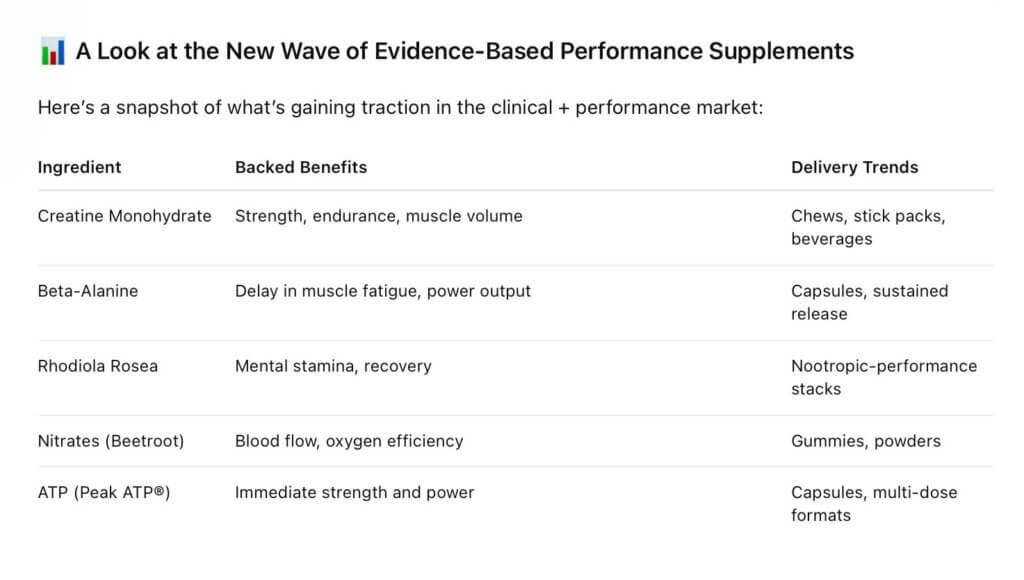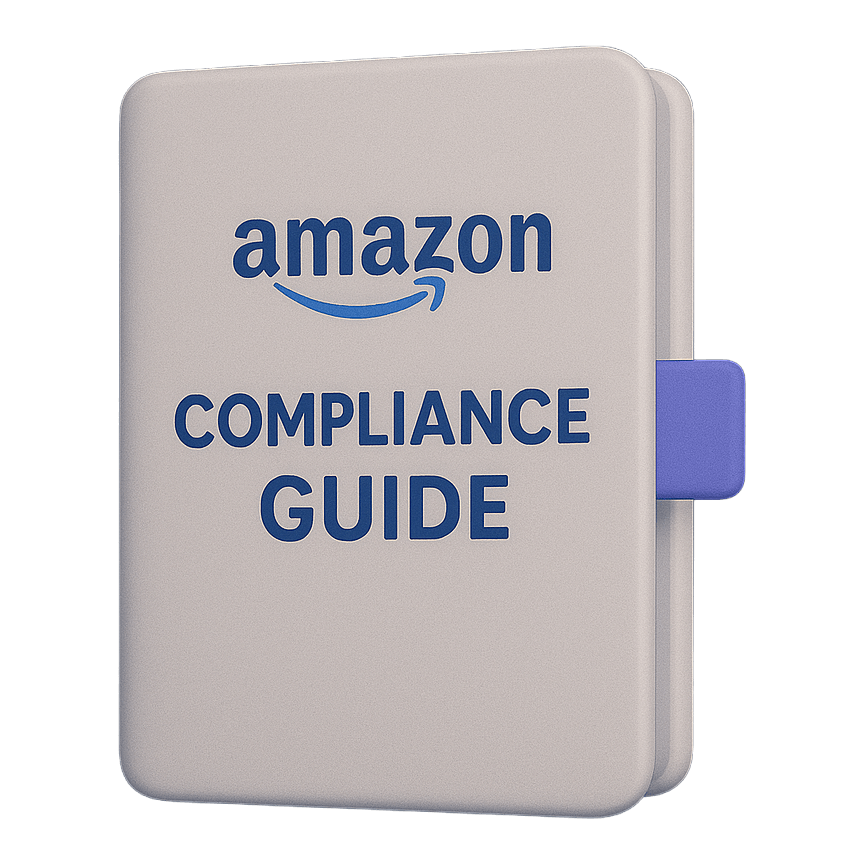Strength in Science: Building Evidence-Backed Performance Supplements
In the competitive world of performance supplements, bold claims may catch attention—but it’s science that keeps consumers coming back. With increasingly educated buyers, regulatory scrutiny, and a booming market for results-driven products, formulas backed by clinical evidence are no longer optional—they’re essential. For supplement brands aiming to stand out and stay compliant, building a product pipeline grounded in research is one of the most powerful long-term strategies.
In this article, we’ll explore how to use clinical substantiation to your advantage, where to find innovation in well-studied ingredients, and how to communicate efficacy effectively in an increasingly skeptical market.
Why Evidence-Based Formulation Matters More Than Ever
Let’s start with the obvious: today’s supplement consumers are smarter, more skeptical, and better informed than ever. They’re not just comparing flavor or price—they’re comparing study results, published meta-analyses, and clinically relevant dosages.
A recent market survey showed that over 71% of performance-focused supplement users consider clinical evidence a top reason for choosing a product. As fitness culture becomes more mainstream and crosses over with wellness, longevity, and even biohacking communities, the demand for legitimacy has never been higher.
For brand owners, this means that “clinically supported” must be more than a claim—it needs to be a promise, backed by real science and ethical communication.
What Counts as “Clinically Substantiated”?
Not all studies are created equal. And not all claims based on them are truly compliant.
Here’s what really makes an ingredient or product “clinically substantiated” in a way that both regulators and educated consumers respect:
- Published, peer-reviewed human trials (animal studies or cell lines don’t cut it)
- Relevant dosage used in the actual product
- Standardized ingredient source (your product must match the material used in the study)
- Consistent effect size (reproducibility matters)
- Clearly defined endpoints (e.g. increased VO2 max, reduced fatigue, improved reaction time)
If your product is claiming to “boost endurance,” you must be able to show that a study exists linking the ingredient(s), at the same dose and form, to endurance-related outcomes.
Regulatory agencies like the FDA and FTC are cracking down on vague or misleading claims, and class action lawsuits are rising in the supplement space. A clear, evidence-based approach isn’t just good marketing—it’s brand protection.
The Role of Trusted Ingredient Partners
One of the most effective ways to build clinical credibility into your formula is to work with branded ingredient suppliers who’ve done the heavy lifting.
From Creapure® (highly pure creatine monohydrate) to Peak ATP®, KSM-66® Ashwagandha, or CarnoSyn® Beta-Alanine, using proprietary ingredients with published clinical support instantly elevates your label.
The benefits?
- Access to existing human trials
- Trademarked names consumers recognize
- Support for structure/function claims
- Technical support for formulation and manufacturing
If you’re formulating a new performance line and want to add immediate credibility, using clinically validated branded ingredients can fast-track your go-to-market process and give your marketing team a powerful story to tell.
Don’t Overlook Tried-and-True Ingredients
You don’t need to invent a new molecule to create an effective formula.
There’s tremendous power (and opportunity) in elevating familiar ingredients with modern delivery, improved bioavailability, or synergistic combinations.
For example:
- Creatine Monohydrate – Still one of the most studied and effective supplements, but now available in chews, stick packs, or stackable with nootropics.
- Beta-Alanine – Backed by over 50 studies, now featured in delayed-release capsules or low-parasthesia stacks.
- L-Citrulline – Popular in pump formulas, but now enhanced with liposomal delivery for extended effects.
- Electrolytes + Adaptogens – Combining hydration with stress recovery is a rising trend, especially in endurance athletes and weekend warriors alike.
The point? You don’t need to chase fads—just anchor your formulation in science and evolve the experience.
How to Leverage Clinical Evidence in Your Marketing (Without Getting in Trouble)
Here’s where things get tricky for many brands.
You’ve got the science. The studies are legit. But how do you talk about it without crossing regulatory lines?
What You Can Say (Structure/Function Claims).
- “Supports increased muscle power during high-intensity exercise”
- “Helps reduce exercise-induced fatigue”
- “Promotes improved endurance and recovery”
What You Can’t Say (Drug Claims):
- “Cures muscle weakness”
- “Treats post-workout inflammation”
- “Prevents fatigue-related injuries”
Tips for Staying Clear:
- Use FTC-approved language
- Avoid disease language
- Reference studies but never claim your product is the study
- Always cite the source if referencing clinical research

Brands that invest in this intersection—scientific rigor + engaging delivery formats—are winning both the athlete and the educated consumer.
Where Innovation Meets Trust
If you want to compete in the performance supplement space today, your edge isn’t just in novelty—it’s in credibility.
- Choose ingredients that speak the language of science.
- Formulate at doses that match the evidence.
- Tell a story that respects your consumer’s intelligence.
Remember: the more your brand behaves like a research-informed health ally (not just a hype machine), the more loyalty you earn. And in a space where trust equals conversion, that’s the ultimate win.
Final Takeaway
You don’t need to reinvent the wheel—but you do need to back it up with data.
Formulas that work and inspire trust are the ones that rise above a crowded market. With the right combination of science, clarity, and innovation, performance supplement brands can become more than just products—they can become powerful tools in people’s pursuit of their strongest selves.

